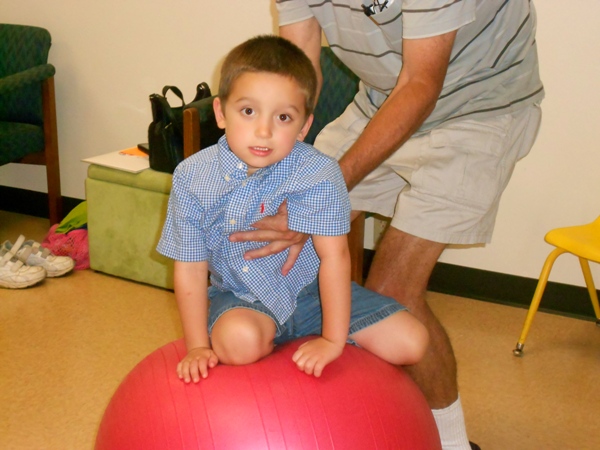Cognitive Behavioral Therapy for Individuals with Aspergers
Anxiety-related symptoms are frequent concerns in children, adolescents and adults with Aspergers and HFA, which may be treatable with Cognitive Behavioral Therapy.
Anxiety is commonly found in high functioning individuals on the spectrum in particular because they have an increased awareness of their own social difficulties. This cognitive awareness may intensify their anxiety toward social interaction and promote isolation.
Recent numbers found that 11-84% of children on the autism spectrum experience impairing anxiety, while only 4.7% of all children aged 3-17 years have experienced anxiety.
Cognitive Behavioral Therapy (CBT) is a type of psychotherapeutic treatment that helps individuals recognize how thoughts and feelings influence behavior and cope with these challenges.
CBT is used to treat a wide range of issues, in addition to anxiety, including:Continue Reading
Providing the weekly Medical Blogs are the team of professionals, doctors, occupational and behavioral therapists at San Antonio’s premiere Autism Diagnostic Clinic, the Autism Community Network.
Contributors include:
Executive Director Dr. Loree Primeau
Medical Director Dr. A Patricia Del Angel
Training and Research Director Dr. Berenice de la Cruz
Carrie Alvarado, OTR, PhD©, DIR/Floortime-Certified
Lupe Castaneda, MS, BCBA
Adriana Sanchez, MA, BCBA
Dr. Gayla Aguilar, OTR, OTD, C-SIPT
Megan Kunze, MA, BCBA
The ACN teams works to maximize the potential of children with autism through their administrative, clinic, training and development departments. Their expertise on Aspergers Syndrome is offered to you through aspergers101.com.












